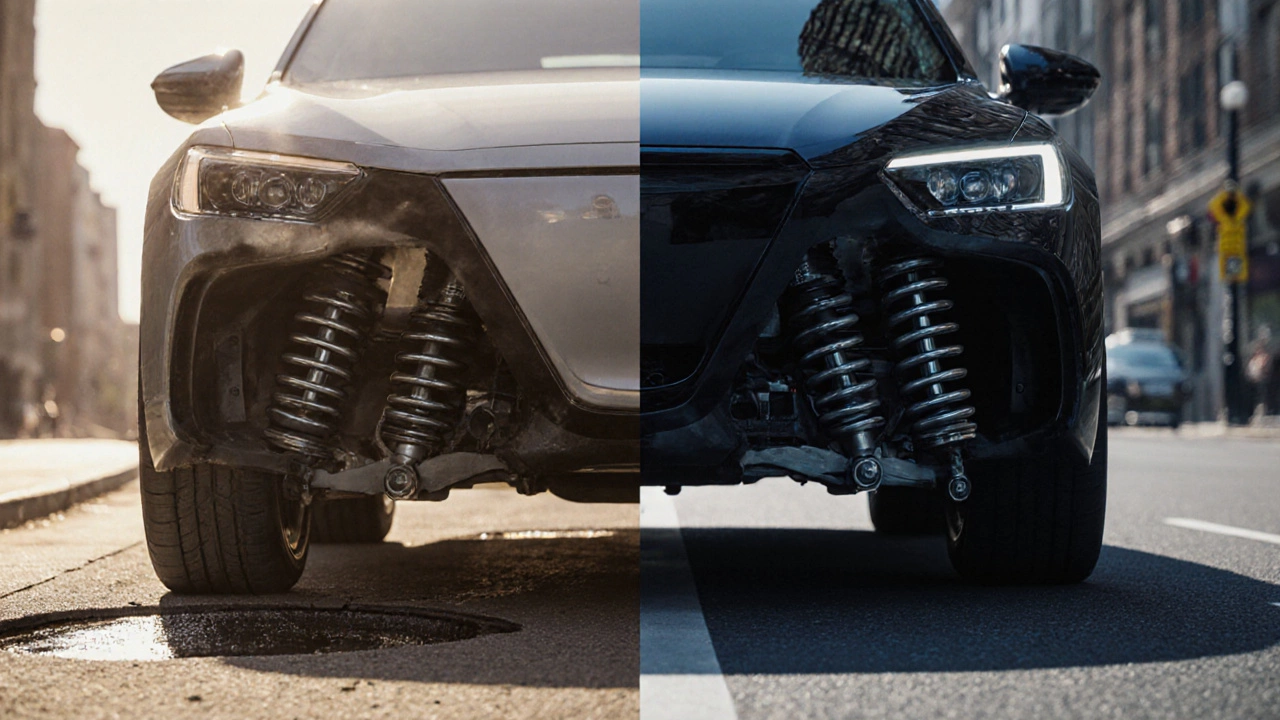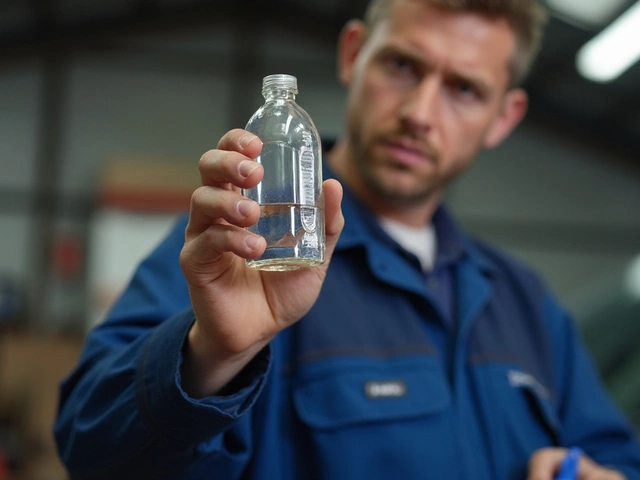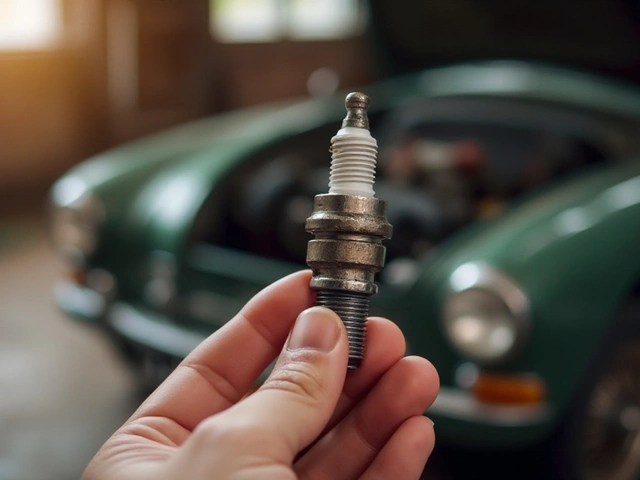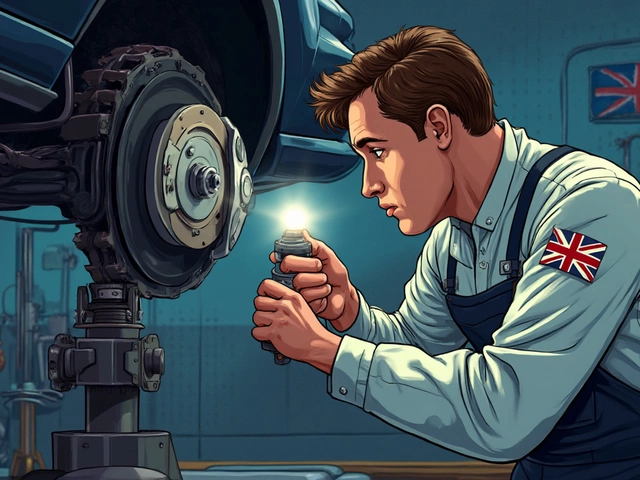Ride Comfort: How to Keep Your Car Smooth and Stable
When you think about Ride Comfort, the feeling of a smooth, controlled ride without harsh bumps or vibrations. Also known as ride quality, it depends on several mechanical factors that work together. A well‑tuned Suspension, the system of springs, arms and bushings that supports the vehicle body. Also called chassis suspension, it forms the backbone of a comfortable ride. Ride comfort also relies on Shock Absorbers, hydraulic dampers that control spring movement and reduce impact forces, which directly influence how much road harshness reaches the cabin. Keeping Tyre Pressure, the air amount inside a tyre measured in PSI or BAR within the manufacturer’s range prevents side‑wall flex and uneven wear, both of which can make the ride feel jittery. Finally, proper Wheel Alignment, the adjustment of toe, camber and caster angles to ensure wheels point straight stops the car from pulling to one side and reduces vibration. In short, ride comfort encompasses suspension quality, shock absorber performance, correct tyre pressure and accurate wheel alignment.
Key Elements That Shape Ride Comfort
First, the suspension decides how the car reacts to bumps. A balanced blend of spring stiffness and geometry lets the wheels stay in contact with the road while absorbing shocks. Modern coil springs or air springs can be tuned for a softer feel without sacrificing handling, and upgraded bushings cut out excess vibration. Next, shock absorbers take the raw energy from the springs and turn it into heat, smoothing out rapid movements. Choosing the right damping rate—whether a standard mono‑tube, a gas‑charged unit, or a performance‑oriented adjustable shock—directly changes how “soft” the ride feels. Both components work as a pair: a stiffer spring with a soft shock can feel harsh, while a soft spring paired with an aggressive shock can feel unstable. Understanding this relationship helps you pick the right combo for daily driving versus spirited outings.
The third pillar is tyre pressure. Too low a pressure makes sidewalls flex, turning every pothole into a jolt; too high a pressure reduces the contact patch, making the car feel floaty and increasing wear on the centre tread. Checking pressure when the tyres are cold and adjusting to the specs on the driver’s door jamb ensures the tyres support the car evenly. Wheel alignment is the final piece of the puzzle. Misaligned wheels cause uneven tyre wear, pulling, and vibration that travels straight to the cabin. A quick four‑wheel alignment—checking toe, camber and caster—restores the intended geometry, letting the suspension and shocks do their jobs without fighting against a crooked setup. By keeping these four factors in harmony, you turn a noisy, rattling ride into a calm, controlled journey, setting the stage for the detailed articles below that dive deeper into each topic.
 10 October 2025
10 October 2025
Soft vs Stiff Suspension: Which Is Better for Your Car?
Explore the pros and cons of soft vs stiff suspension, learn how to match your setup to driving style, and get practical tuning tips for comfort or performance.






0